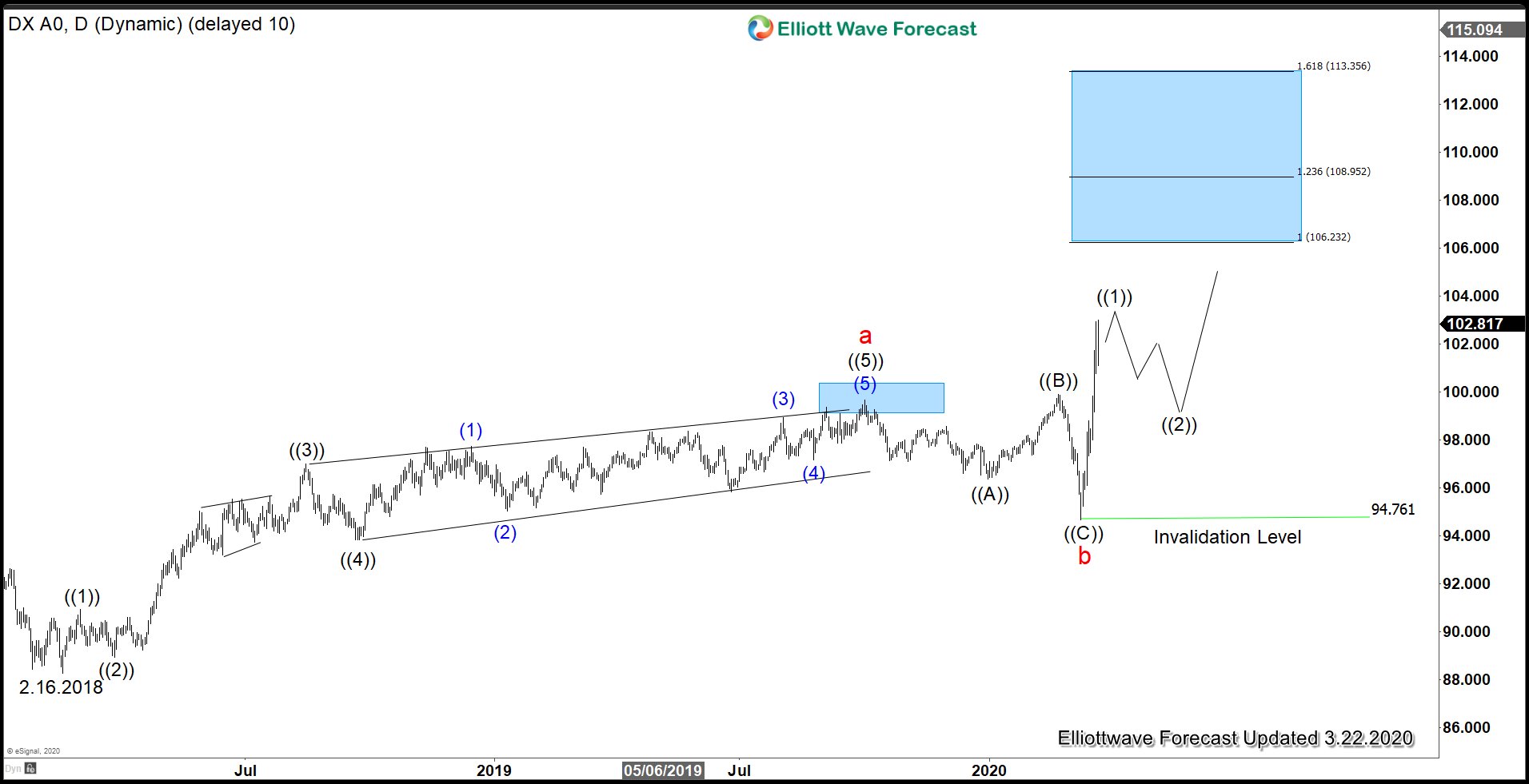U.S Dollar demand is so high as a result of the corona virus pandemic that now there’s a squeeze in the credit market. The dollar soared this week as investors liquidated positions across a broad range of assets, including stocks, gold, and bonds, to meet margin calls and raise cash. . Big corporations around the world start to draw down billions from their credit lines. Foreign firms who borrowed in dollars scramble to secure the currency amid fears dollar revenues will dry up.
To ease the squeeze in dollar’s borrowing, the Fed introduced a series of steps. It lowers the rate on existing dollar swap lines with major central banks and increase the frequency of swap operations. The actions by the Fed helped to ease the funding crunch, but it’s too early to say the dollar crunch is over.
In the asset management world, the dollar is still the primary currency. The South Korean Won for example sank to a 10-year low even though Seoul has done a lot of right things. It has accumulated foreign currency reserves and reduce reliance on short-term external debt. It has also managed the pandemic much better than the West. With the uncertainty of the economic outlook, disruptions in U.S. funding markets can persist, and US Dollar can continue to strengthen.
DXY (Dollar Index) Daily Elliott Wave Chart

US Dollar Index Elliott Wave chart above suggests that cycle from February 2018 remains incomplete. The rally is unfolding as a zigzag structure where wave a ended at 99.67 and wave b ended at 94.65. Potential minimum target for the move is 100% - 123.6% extension from February 2018 low which comes at 106.2 - 108.95. Near term, while pullback stays above 94.76, expect the Index to extend higher.